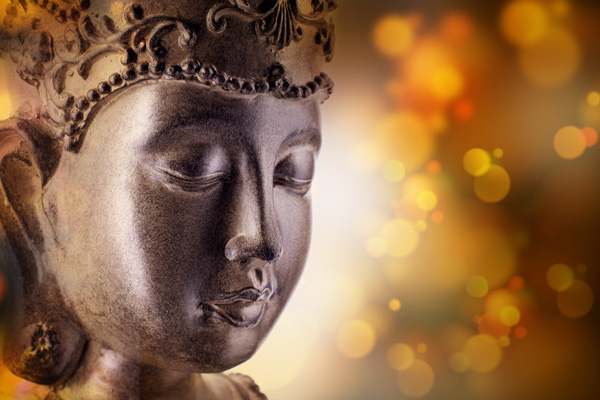
(A) What is a Religion?
The underlying principle of a religion is to regard Nature’s mysterious power and phenomena as the absolute Master. As a result, fear, holiness, reliance, attachment and respect arise. Then come worship, praying, sermons and other rites. People establish precepts and commandments as the standard of their daily lives, in order to live at ease and to perfect personalities. Thus a variety of religions are created.
B) Classification of Religion
Although there are many kinds of religions in the world, they can be classified into two main categories, namely individual psychological religion and group social religion.
Individual psychological religion refers to the religious belief and experience of an individual.
Regardless of individual state of belief or affiliation to any religious body, believers actively preach by their devotion and insight. Religious organizations are formed by uniting believers of the same revelation.
Group social religion can be further classified into three sub-categories according to the history of development of religions. Primitive religion is also known as clan religion. This includes the ancient religions and uncivilized social religions, such as the worship of nature, worship of demon, worship of totem, and worship of witchcraft.
National religion is also known as culture religion. It refers to religions popular only within the certain regions of a nation or the whole nation. Examples are Shintoism in Japan, Hinduism in India, Judaism in Israel, Taoism and Confucianism in China. They are closely related with the local traditions and social systems of the regions.
The doctrine and bible of a worldwide religion is usually established by a recognized founder and the founder’s own teachings and practices, eventually leading to the formation of the order. The teaching is beyond nations, and extends to the entire mankind. Therefore, the religion is worldwide and common to all peoples. Apart from promoting the welfare of people with love, the religion emphasizes the cultivation and exploration of the spiritual mind through individual practice. Examples are Buddhism, Christianity, and Islamism. With this kind of religion, people can believe with their own free will, and follow the doctrines, rites and commandments of their religious organization.
Religion can also be categorized by the object of belief.
There are four kinds:
Polytheism – Towards the later stage of the primitive society, people developed affection or fear of the nature, leading them to spiritualize the sun and moon, star and sky, wind and rain, thunder and lightning, mountain and rock, tree and forest, river and sea, lake and swamp and so on. In time, spirits, demons, ancestors, heroes, etc. became the objects of worship in these religions.
Monotheism – As different from polytheism, monotheists believe one and only one god in their religion, and the god created and masters the universe. Examples are Christianity and Islamism.
Pantheism – It emphasizes on the explanation of philosophical theories. Pantheists believe all phenomena of the universe follow an internal principle. This principle is deified and known as the God of Law, and is universally existent. “Brahman” (or “Brahmin”), stipulated in Upanisad in ancient India, is a God of Law. “Brahman” exists in personal self as well, and this is the basis of the highest ideal – “the unity of Brahman and self”.
Atheism – Those religions that god is not the object of worship. Just like Materialism in philosophy, they deny the existence of spiritual power.
(C) Comparing Buddhism with other Religions
The theme of a religion is god. Although each religion has its own meaning of god, in general god is regarded as the creator of universe, supreme beings, master of mankind in the world, and so on in all god-worship religions. Buddhism is not a blind follower in spiritual power. (to be continued)




